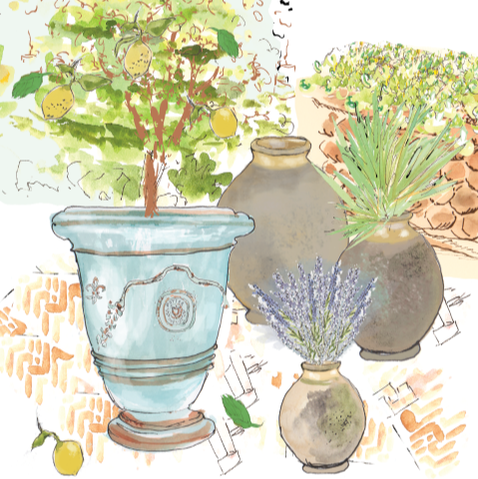|
Unlike the strictly decorative vases d'Anduze we discussed in the previous post (Part 1) that served no real purpose during the 17th and 18th centuries except to bring joy and beauty to the homes and gardens of those lucky enough to afford them, the famous earthenware jarres de Biot did in fact serve a utilitarian purpose. Before the beautiful earthenware jarres de Biot became popular as jarres pour le jardin, they were originally used to store grains and flour and were later used to preserve and transport olive oil. Jarres de Biot, Cote d'Azur Villa Biot jarres, named after the fortified medieval hilltop village of Biot in Provence, have been handmade without a mold or wheel using the ancient technique of rope thrown pottery since the 16th century. Due to the quality of the clay deposits and stone ovens in Biot, it became the largest producer of jars in the Mediterranean — with hundreds of thousands of the utilitarian jars being shipped throughout the Mediterranean between the 16th and 20th century. It's also said that over 500 potters have been identified since the first Biot jar was made. Today, potters in this coastal village famous for its ceramics and pottery, continue the tradition of coiling rope around a wood frame to shape the pot. They then use a mixture of red and gray clay to achieve the desired color and apply it by hand onto the rope. Once the clay begins to dry and the shape sets, the potters carefully unwind the rope and remove the wood frame, leaving a wonderfully textured pattern on the inside of the jar. Biot jars are distinctive for both their classic shape and for the colorful drips of glaze, known as “mother-in-laws’ tears,” that occur when the glaze of one jar drips onto another jar during the firing process. The most unique feature of the Biot jar, however, is the honey colored glaze at the neck of the jar. Thank goodness for this yellow glaze! The glaze and the teardrop shape of the pot prevented insects and varmints from climbing inside the jar and nibbling on the contents. This completely handmade process — the neck and rim glaze, the “mother-in-law-tears,” and the classic shape — is what makes the jarres de Biot so special and desirable. Tell me. How does your garden grow? With silver bells and cockle shells? If not, don't fret. Take a cue from the gardens of France, especially Provence. They're brimming with charm and color, full of surprises and inspiration. Why not channel your inner Mary or Marie Antoinette? Add some vases d'Anduze and jarres de Biot to your garden or patio this summer. There's a Queen in all of us... so line up those pretty maids all in a row. You won't be disappointed. À Bientôt!
1 Comment
Lynne Shanley
2/1/2023 02:30:19 am
Hi. We have what we believe to be a matching pair of very large Jarres de Biot. Having just read your very interesting article we would be interested in having them dated & valued. Would this be a service you could provide? If you could email us we can provide photos. We are British but reside in the Dordogne, SW France. Many thanks in advance!
Reply
Leave a Reply. |
Mimi Montgomery
When this self-described Francophile is not reading or writing about all things French, she's dreaming up charming new ways to showcase Lolo French Antiques et More or traveling to France with Lolo to buy delightful treasures for their store. Mimi, Lolo, and their new French Bulldog, Duke, live in Birmingham, AL. Archives
May 2024
Categories
All
SHOP ALL |
~ NEW SHIPMENT HAS ARRIVED!! ~
- HOME
-
SHOP ALL
-
NEW SHIPMENT
-
EXPLORE
-
ALLEZ ALLEZ
>
- DELIGHTFUL DO'S The 2024 New Year List
- DELIGHTFUL DO'S The 2023 Fall List
- DELIGHTFUL DO'S The 2023 Summer List
- DELIGHTFUL DO'S The 2023 Spring List
- DELIGHTFUL DO'S The 2022 Holiday List
- DELIGHTFUL DO'S The 2022 Fall List
- DELIGHTFUL DO'S The 2022 Summer List
- DELIGHTFUL DO'S The 2021 Fall List
- DELIGHTFUL DO'S The 2021 Summer List
- DELIGHTFUL DO'S The 2021 Spring List
- DELIGHTFUL DO'S The 2021 New Year's List
- DELIGHTFUL DO'S The 2020 Holiday List
- DELIGHTFUL DO'S The Spring List
- DELIGHTFUL DO'S The New Year's List
- DELIGHTFUL DO'S The Holiday List
- A TO Z GLOSSARY
- BLUEPRINT >
- FÊTES & FOLLIES >
- FRENCH TRADITIONS
- LOLO LOVES
- MEDIA MENTIONS
- TESTIMONIALS
- THREE FRENCH HOUNDS
- TIMELINE >
- TRAVEL >
-
ALLEZ ALLEZ
>
- ABOUT
- SALE
- BLOG
- 🔎 SEARCH
- HOME
-
SHOP ALL
-
NEW SHIPMENT
-
EXPLORE
-
ALLEZ ALLEZ
>
- DELIGHTFUL DO'S The 2024 New Year List
- DELIGHTFUL DO'S The 2023 Fall List
- DELIGHTFUL DO'S The 2023 Summer List
- DELIGHTFUL DO'S The 2023 Spring List
- DELIGHTFUL DO'S The 2022 Holiday List
- DELIGHTFUL DO'S The 2022 Fall List
- DELIGHTFUL DO'S The 2022 Summer List
- DELIGHTFUL DO'S The 2021 Fall List
- DELIGHTFUL DO'S The 2021 Summer List
- DELIGHTFUL DO'S The 2021 Spring List
- DELIGHTFUL DO'S The 2021 New Year's List
- DELIGHTFUL DO'S The 2020 Holiday List
- DELIGHTFUL DO'S The Spring List
- DELIGHTFUL DO'S The New Year's List
- DELIGHTFUL DO'S The Holiday List
- A TO Z GLOSSARY
- BLUEPRINT >
- FÊTES & FOLLIES >
- FRENCH TRADITIONS
- LOLO LOVES
- MEDIA MENTIONS
- TESTIMONIALS
- THREE FRENCH HOUNDS
- TIMELINE >
- TRAVEL >
-
ALLEZ ALLEZ
>
- ABOUT
- SALE
- BLOG
- 🔎 SEARCH


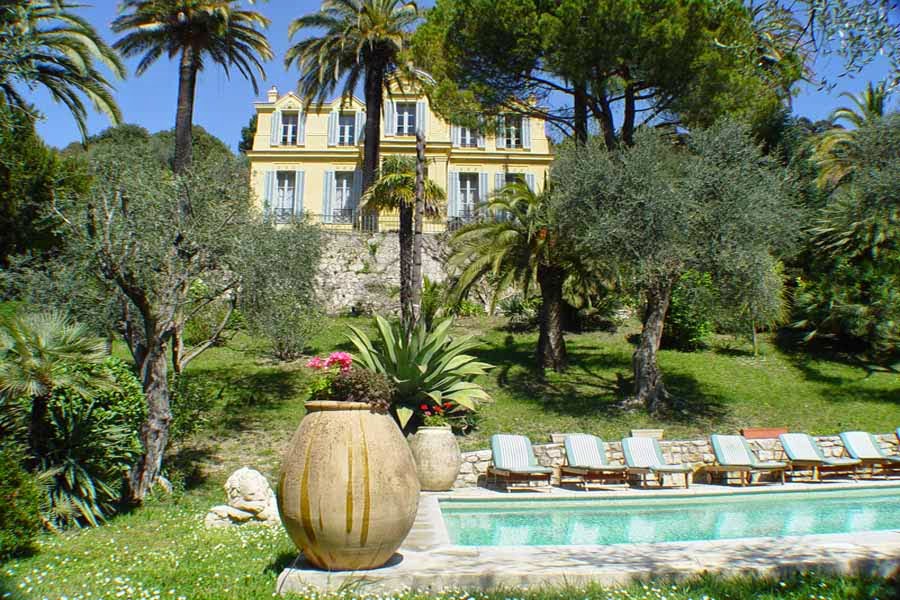
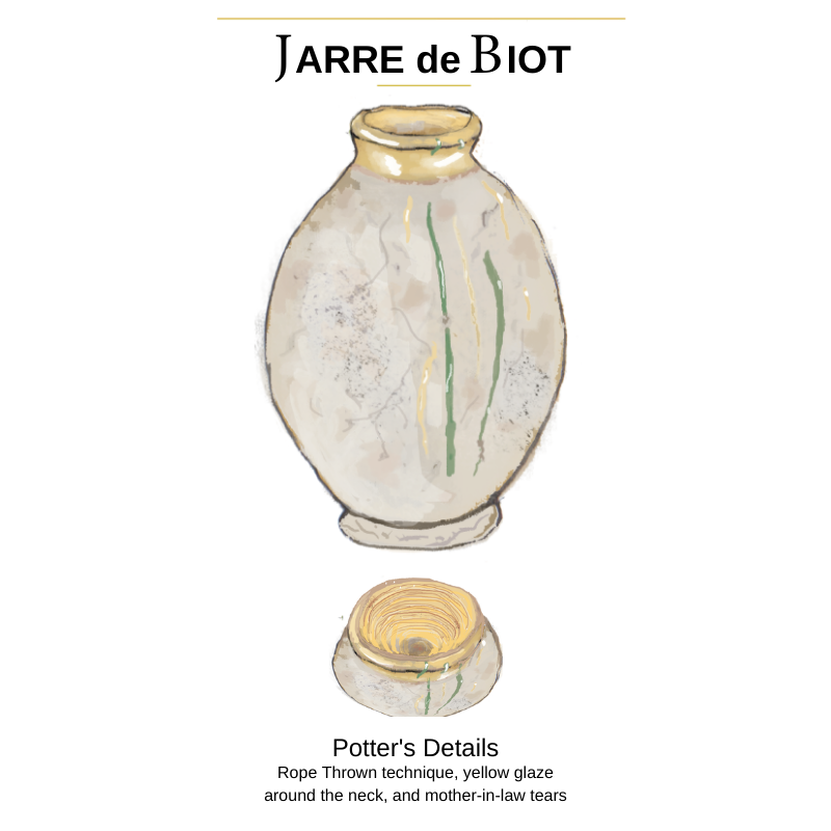
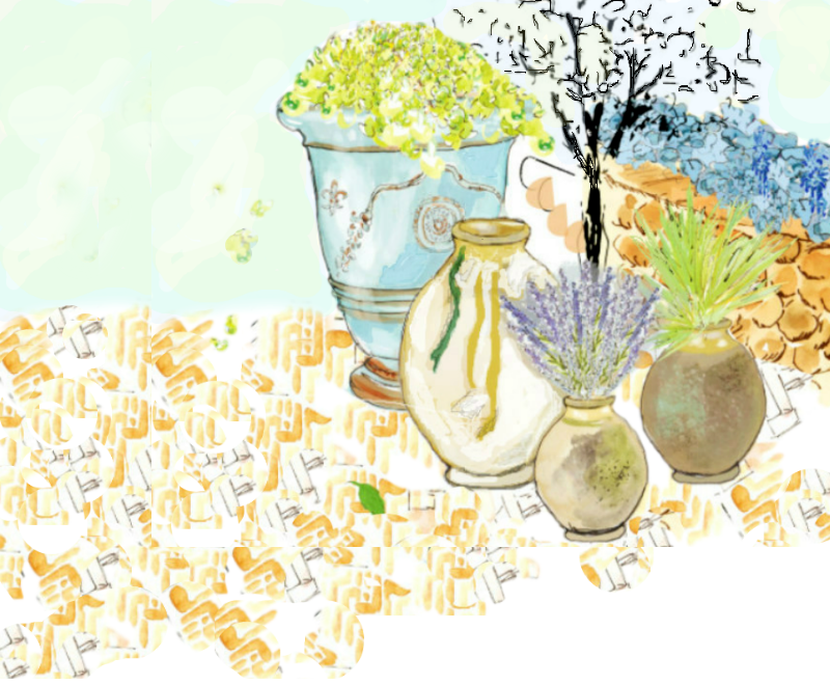
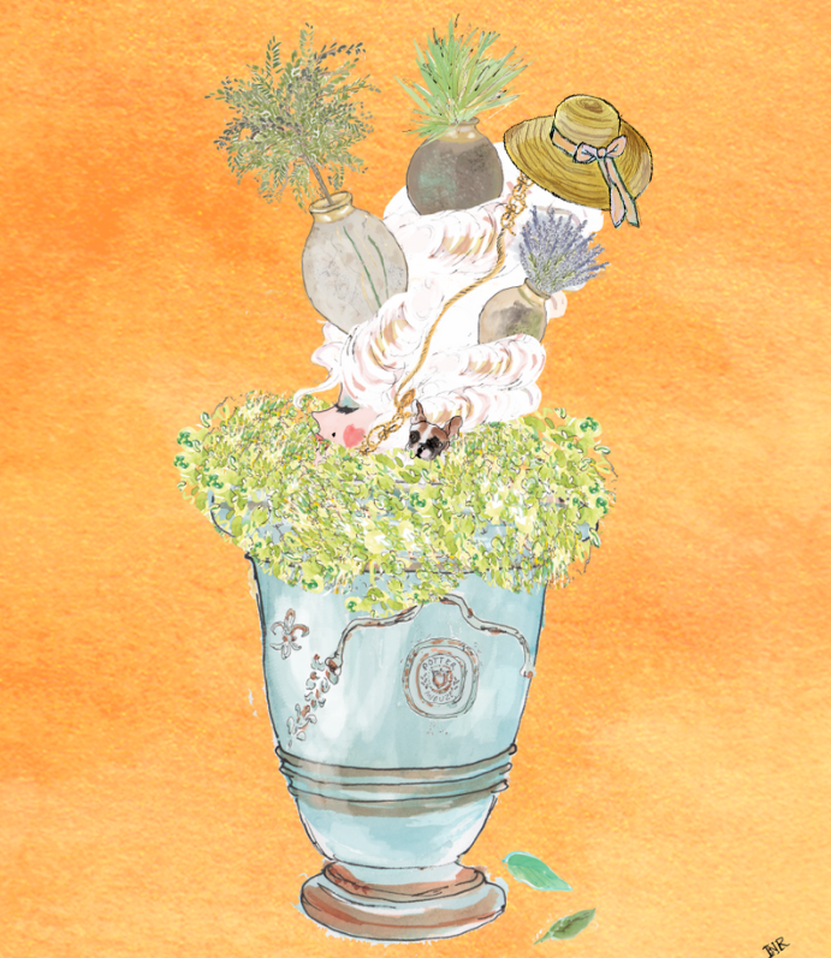



 RSS Feed
RSS Feed

